
There’s a reason that the stories of Atlantis have long captured our imaginations. The idea that an entire city could just vanish beneath the waves is a terrifying thought - and while these lost underwater cities aren’t the mythical Atlantis, that’s exactly what happened to them.
10. Thonis-Heracleion, Egypt
It was called Heracleion by the ancient Greeks and Thonis by the ancient Egyptians. Once situated on the northern coast of Egypt and established as one of the most important port cities of the Mediterranean, the city has been sitting at the bottom of the sea that it once served. Recently excavated after 1,200 years underwater, Thonis-Heracleion has been slowly giving up its secrets.
Image: The Cosmos News via YouTube
Artefacts brought to the surface indicate that the city was once a massive trading centre and bustling port city. More than 60 ancient shipwrecks have been found in the immediate area, along with hundreds of anchors, coins from across the sea, tablets inscribed in ancient Greek and Egyptian, and massive sculptures that were thought to have once adorned the city’s temples. Those temples have also remained eerily intact, complete with offerings and votives once given to the ancient Egyptian gods.
Image: The Cosmos News via YouTube
The city was once the official port-of-entry for Egypt, somewhere around 664 to 332 BC. Now, the city is far from the coastline - the first concrete evidence the civilization was found 6.5 kilometres off the current coast.
Image: The Cosmos News via YouTube
Like many underwater cities, the conditions that the artefacts have been submerged in for centuries have preserved them extremely well. One bit of information that hasn’t been given up is exactly how the city ended up at the bottom of the sea, although it’s thought that it ultimately sank after an earthquake. Built on the already precarious series of deltas reaching out into the sea, the best guess is that the already questionably stable sand and clay eventually gave way after a tremor.
9. Phanagoria, Russia/Greece
Image: via YouTube
The ancient city of Phanagoria is a case of fiction and mythology becoming truth. According to Roman history, an uprising in 63 BC ended with a huge part of the city being burned and the wife and children of Mithradates VI being murdered by the angry mob. For years, it was thought the whole thing was a story - it was completely unsubstantiated, after all.
Image: via YouTube
Until an archaeological expedition to the underwater necropolis of Phanagoria uncovered a gravestone that read, “Hypsikrates, wife of Mithradates VI”. Hypsikrates is the masculine form of her name Hypsikratia; the gravestone immortalizes part of her legend, that she was so bold, outspoken and courageous that her husband often referred to her in the masculine.
Image: via YouTube
Phanagoria is the largest Greek city that now sits on Russian soil. Located on the Black Sea, it was founded in the 6th century BC and now about a third of the city is underwater, earning it the nickname of the Russian Atlantis. Much of the underwater portion of the city is covered with sand, and includes port structures and a massive section of the city’s necropolis. Divers have also found marble plinths that were once the base of massive statues, along with a huge amount of artefacts left behind by those that once occupied the city.
Image: via YouTube
Active for more than 1,500 years, it was abandoned in the 10th century. No one’s really sure why it was abandoned, but there’s still the chance that the city will give up that secret. It’s been attracting the attention of archaeologists since the 18th century, but excavations have been slow - most of the underwater city is covered with sand and the part of the ruins that remain above ground have been buried in upwards of seven meters of dirt.
8. Cleopatra’s Palace, Egypt
Part of ancient Alexandria sit at the bottom of the ocean, and the 2,000 year old city has been the target of decades of excavation. It’s a long and painstaking progress, but the same poor visibility and heavy waters that hinder excavations and archaeologists now have protected the city for generations, from the time it slid into the ocean after an earthquake.
While the site includes the palace, it’s also much more than that. The city’s royal quarters - including temples, military barracks and outposts, and massive private complexes - all lay largely untouched by the centuries. Archaeologists have found the palace complex that Cleopatra had called her home with Mark Antony, the place where she committed suicide rather than submit to the rule of her conquerors.
Huge granite statues still lay at the bottom of the ocean where they fell. A series of earthquakes shook the area between the fourth and eight centuries, sending the royal residence to its watery grave. Also found was the Timomium, a private retreat commissioned by Antony and designed as an escape from the pressures of the outside world - but Antony succumbed to those pressures before it was even completed.
Silt and sand were removed from the temple to Isis, from statues of Cleopatra’s father and her son, and from smaller, more personal artefacts. Small statues, jewellery, amulets, pottery and ritual vessels have all been recovered from the site. In 1994, archaeologists discovered the ruins of the Lighthouse of Alexandria, one of the Seven Wonders of the Ancient World.
There are plans in the works to open the site to tourists by installing an underwater museum that will allow visitors to stay dry while looking out at the remains of the underwater city. Funding - and problems with construction - have majorly delayed the project, though.
7. Shicheng, China
Image: Chinese National Geography via china.org.cn
The Chinese city of Shicheng was founded 1,300 years ago, and much of it was built over the next 300 years. The city’s distinctive architecture includes buildings that date to the Ming and Qing dynasties, beginning with a rule in 1368.
Image: Chinese National Geography via china.org.cn
The entire city was flooded in 1959 - and, weirdly, it was flooded on purpose. More than 300,000 residents were relocated, and for some, that meant leaving their ancestral home; families were able to trace their history back through the generations, and it had always involved Shicheng.
Image: Chinese National Geography via china.org.cn
But, nothing can stand in the way of progress, and the city was flooded in favour of the Xin’an Dam and a massive hydroelectric power station. Today, the city sits beneath about 40 meters of water, and that means it’s incredibly well-preserved.
Image: Chinese National Geography via china.org.cn
It’s not entirely lost, either. In 2001, the Chinese government gave the city another look, and found that its centuries-old stonework is still amazingly well-preserved; if not for the water, it looks like it should be a working, maintained city. City walls dating to the 16th century still stand, and so do the city’s five entrance gates and countless statues. Open to divers, the ancient ruins are in the process of being rediscovered and re-mapped with a new appreciation for the architecture that was nearly lost to progress.
6. Olous, Greece
Image: via Geocaching.com
While many underwater cities are either difficult to get to or the protected sites of archaeological digs, anyone can go visit the remains of the Minoan city of Olous.
Olous once sat on the northeastern end of Crete, and was a thriving city with somewhere between 30,000 and 40,000 residents. Thought to have been in its heyday sometime before 800, the city was built not on rocky ground - like other Cretean cities - but instead was constructed on the soft, unstable sands of the coast. A major earthquake struck the area, and the city quite literally shifted and slid into the surrounding waters.
Image: via Geocaching.com
Today, divers and snorkelers can poke around amid the ruins of the ancient city. The clear water means that it’s the perfect opportunity to explore the underwater ruins, and occasionally artefacts - like coins - are still found. Some of its features - like an ancient city wall - are still above water, showing exactly where the rest of the sunken city is. There’s also still remnants of murals, floors and walls on land.
5. The Mulifanua Site, Samoa
The Lapita were the original settlers of Micronesia and Polynesia. They settled the islands after leaving Taiwan and Eastern Asia around 2,000 BC, and by 500 BC they had created numerous settlements throughout the Pacific islands. Incredibly skilled fishermen and sailors, the culture is also known for their very distinctive pottery.
The discovery of more than 4,000 of the distinctive pottery shards off the coast of the Samoan island of Upolu have confirmed that the ancient settlement now submerged beneath the Pacific waters was one of the region’s Lapita villages.
Archaeologists have dated the site to an occupation that happened around 3,000 years ago, during the period of migration and settlement throughout the islands. The site off Upolu is the only confirmed site of Lapita habitation found in Samoa or American Samoa; it’s believed that at the time people were living there, the area was a wide, sandy beach. While little beyond the pottery shards remain of the village, it’s thought that at one time it was the site of one of the Lapita’s distinctive stilt villages. It’s not known how many other villages could still be found in the islands, as the water levels have been extremely variable over the centuries and what was once coastline could now be in the centre of an island.
4. Gulf of Cambay, India
Image: AncientExplorers via YouTube
In 2002, the ruins of an incredibly ancient city were found in India’s Gulf of Cambay. Sitting beneath almost 40 meters of water, they were found quite accidentally by an organization conducting a study of water pollution - and they’re forcing archaeologists to rethink the timeline they have in place for our most ancient of ancient history.
Image: AncientExplorers via YouTube
The city predates everything that’s currently known as far as archaeological ruins go - by 5,000 years.
Image: AncientExplorers via YouTube
Previously, the 4,000-year-old city of Harappan was considered the cradle of life. A thriving Mesopotamian city, Harappan was remarkably advanced for the time, with systems of water storage, straight, well-made streets, ports and fortifications. Now, some believe that the people who founded Harappan were descended from this earlier city, perhaps forced from it when it was swallowed by the waters.
Image: AncientExplorers via YouTube
Pieces of pottery, beads and sculptures have been excavated from this newly discovered city, along with human bones and teeth. The human remains have allowed for carbon dating tests to be done, and it was found they’re nearly 9,500 years old.
Image: AncientExplorers via YouTube
At the time, the water levels of the ocean was much, much lower than it is today. This ancient city would have been a coastal one, ultimately swallowed by the rising waters after the melting of the ice of the last ice age. The remains of the settlement are around a now-underwater riverbed; the idea of such an ancient civilization is one that has a lot of people talking, but according to Oxford University’s Radiocarbon Acceleration Unit, the condition of the wood and other pieces retrieved from the site are extremely well preserved, and carbon-dating performed on such pieces is extremely accurate.
3. Lake Titicaca’s Pre-Incan Ruins, Bolivia/Peru
As the world highest navigable lake, Lake Titicaca has long been shrouded in mystery. Even today, locals believe the lake is sacred and for a while, its depth and the difficulty in diving in the lake made it seem incredibly likely that its secrets would be kept forever.
Recently, dive teams from Akakor Geographical Exploring made more than 200 dives to document the ruins that they found sitting at the bottom of the lake. Not dissuaded by the challenges deep diving at high altitudes presents, archaeologists uncovered the ruins of an ancient temple complex that pre-dates the Incas. Estimated to be around 1,500 years old, the complex includes a temple, roads, walls, and terraces that would have been used for growing crops.
The find comes after generations of stories have been passed down through local families. The stories tell of a long-lost underwater city beneath the lake, and until recently, technology hasn’t been sufficient to make the dives. The temple complex was found in water only about 20 meters deep, and it was only found when divers first discovered a road - then followed that to the temple.
According to Inca lore, the lake is the location of the birthplace of their entire civilization. It’s long been said to be the site of an ancient city called Wanaku, and it’s also been rumoured to be the final hiding place of gold stolen by Spanish conquerors and then lost.
Numerous artefacts have been recovered, including gold fragments, ceramic statues, stone statues and vessels, human and animal bones, and incense containers.
2. Atlit-Yam, Israel
Atlit-Yam is the name given to the site of several Neolithic settlements found along the Carmel coast. The sprawling site includes ancient stone wells, the foundations for homes and other buildings, round foundations, and ancient roads. It’s been estimated that the buildings were constructed between 7,550 and 8,000 years ago, and it’s believed that it was submerged suddenly after a tsunami engulfed the area, probably caused by a volcanic eruption.
At the centre of the settlement there are ancient stone circles, which form religious worship grounds that include fresh-water springs. It’s thought that the sites were devotional, probably dedicated to the water spirits. Some of the stones are standing upright as in traditional stone circles while other stone slabs seem to have been used as altar stones.
Human remains have also been found at the site, including the skeletons of 65 men, women and children. Examination of the skeletons has shown that several died from tuberculosis, making the site the home of the earliest known cases of the deadly disease.
Stone, flint and bone tools have also been recovered, along with seeds of domesticated plants like flax and barley. The evidence suggests a community that was not only reliant on fishing, but also had domesticated animals and an agricultural basis.
1. Baiae, Italy
Baiae was an ancient Roman city that was a little bit Sodom, a little bit Gomorrah, and a lot Las Vegas. It was the playground of the elite, the rich and the famous, the site of permanent vacation homes for people like Julius Caesar and Nero. Part of the allure was the city’s hot springs; it sat on a series of volcanic vents, and ensured a regular source of hot water for baths and spas.
In the 8th century, the Saracens moved through the area and sacked the city. It never recovered, and was ultimately abandoned sometime around 1500. It was inevitable, though, as waters were rising and slowly flooding the city, which had already sat low on the bay. The volcanic vents that had been such a draw to the city in the first place were shifting; other cities in the area, like Pozzuoli and Miseno, were also sunk beneath the waves.
Now, the entire site is an archaeological dive site, where visitors can take a boat tour above the ruins or even scuba dive through them.
The site is extensive, including statues of Odysseus and a companion (the city was named for his navigator), a port commissioned by Marcus Vipsanius Agrippa in 37 BC, villas, arcades, and the remnants of ancient Roman mussel and fish breeding pools. There’s also the Pisonian villa, which was built in the first century BC and was eventually owned by the emperor Nero - after he seized it from a family he found had been plotting against him. Divers can also explore bath complexes and follow the streets of ancient Rome.
Top image: Shicheng City. Credit: Chinese National Geography via china.org.cn.
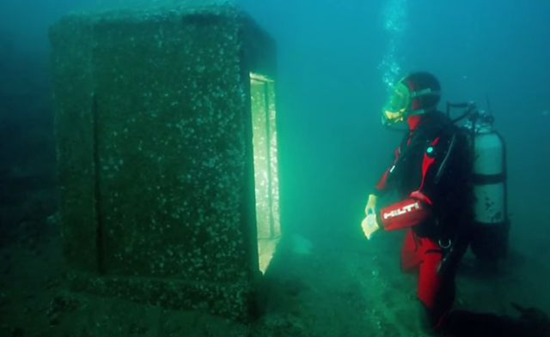
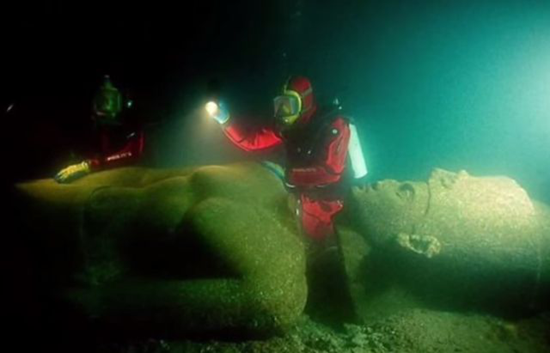
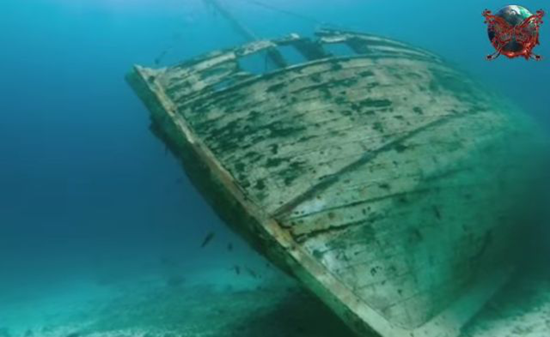
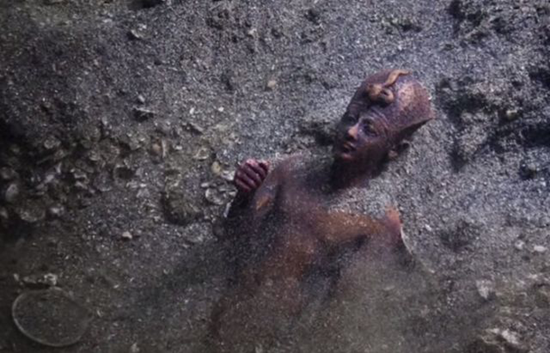
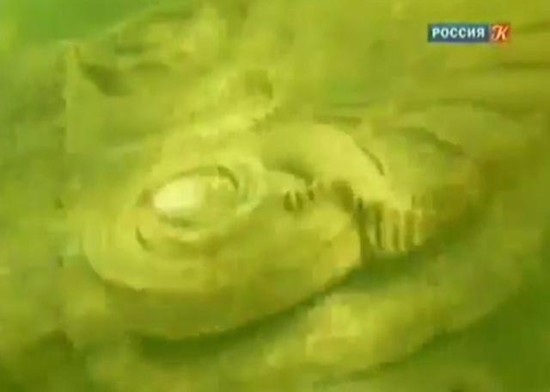
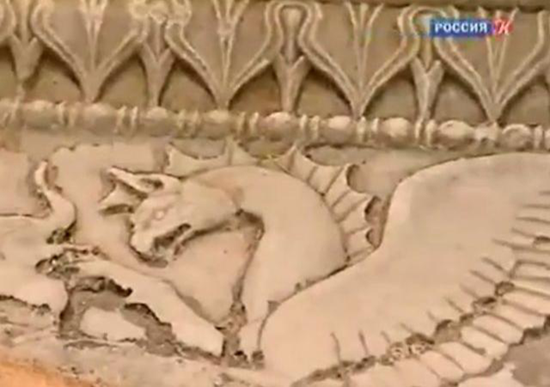
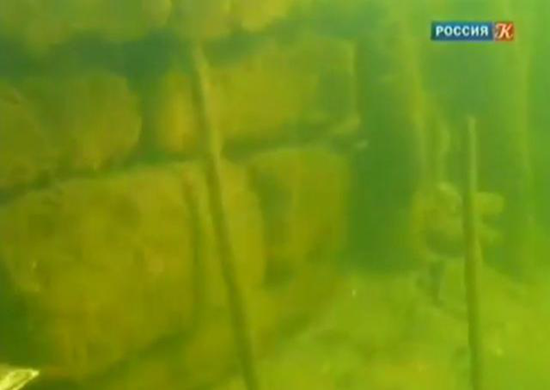
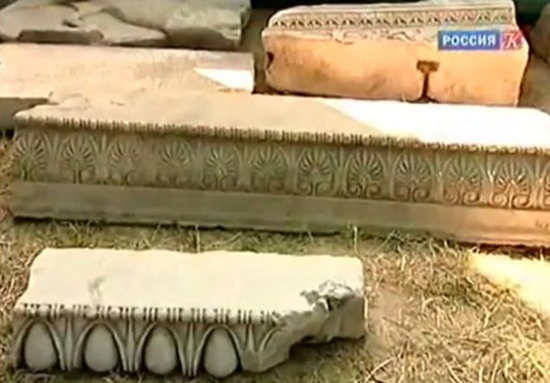


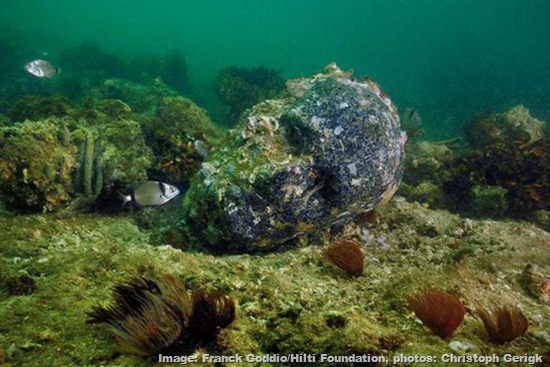


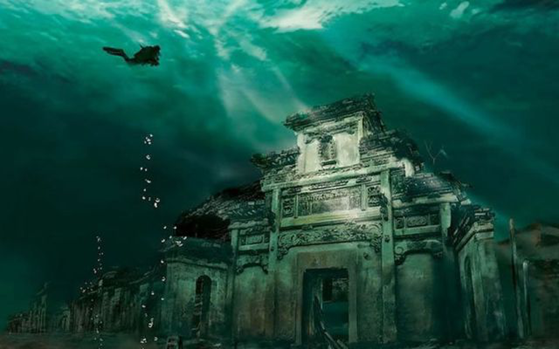
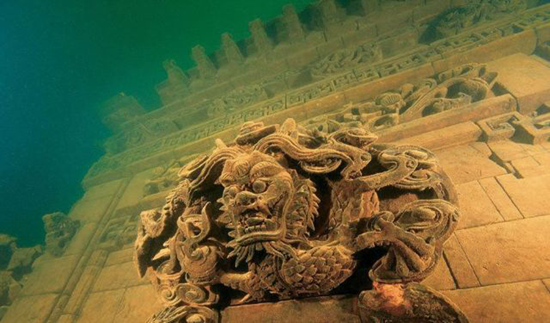

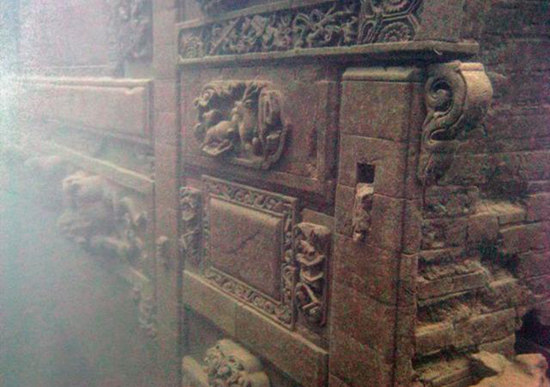
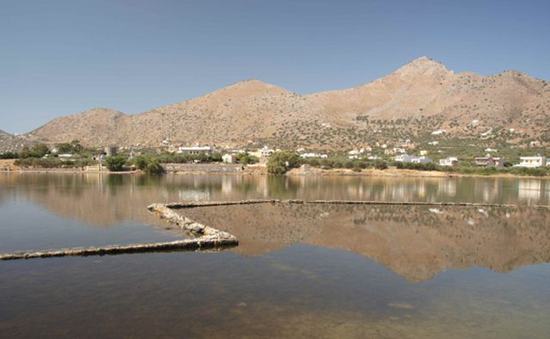
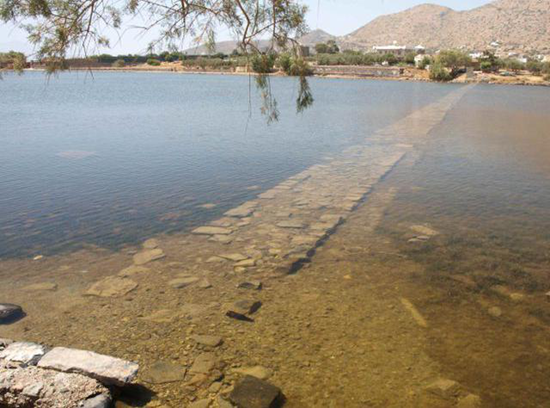
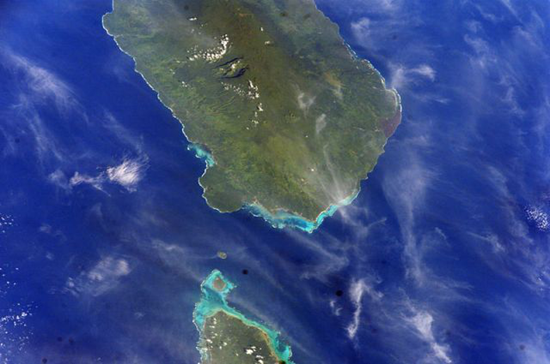


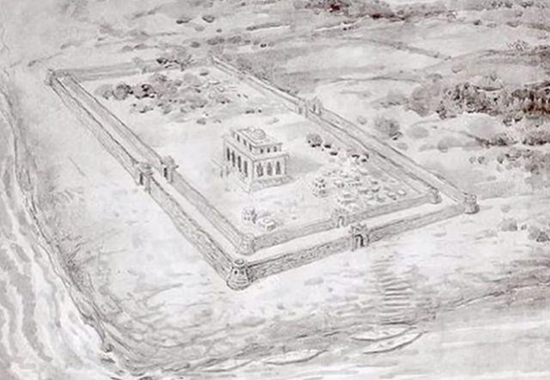
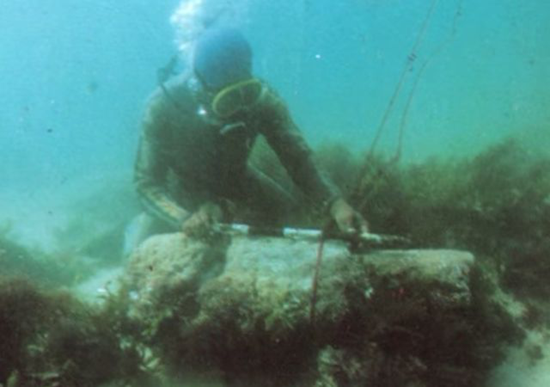
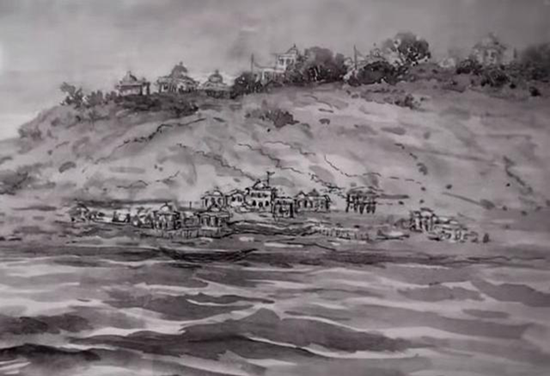

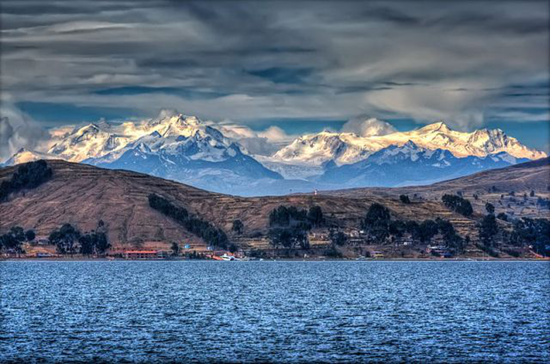
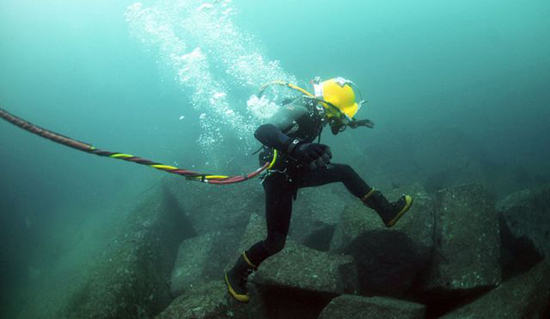
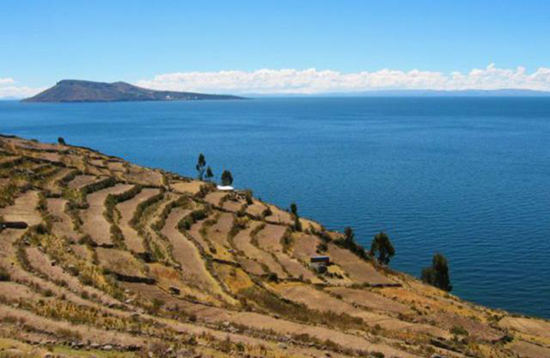

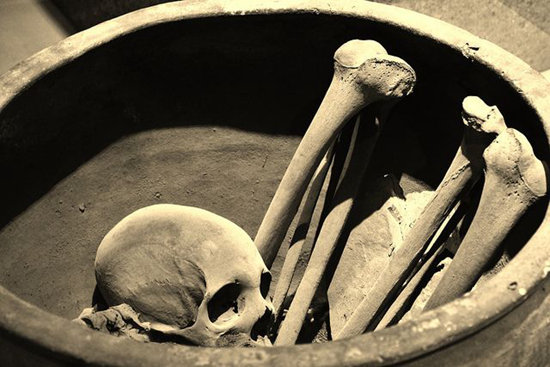
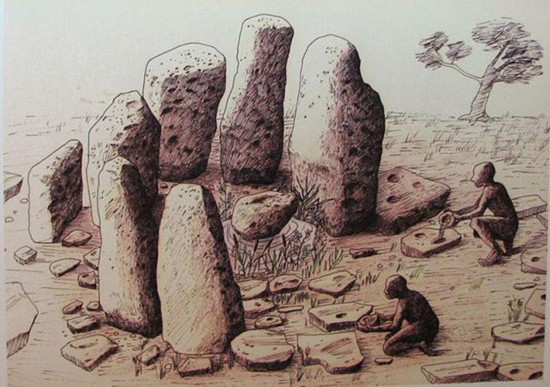
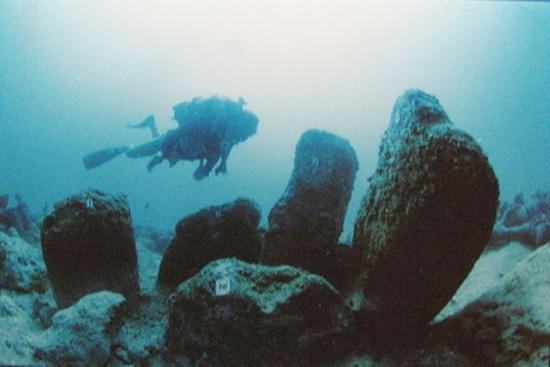

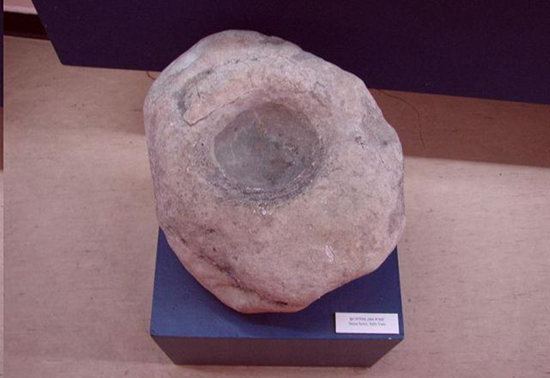

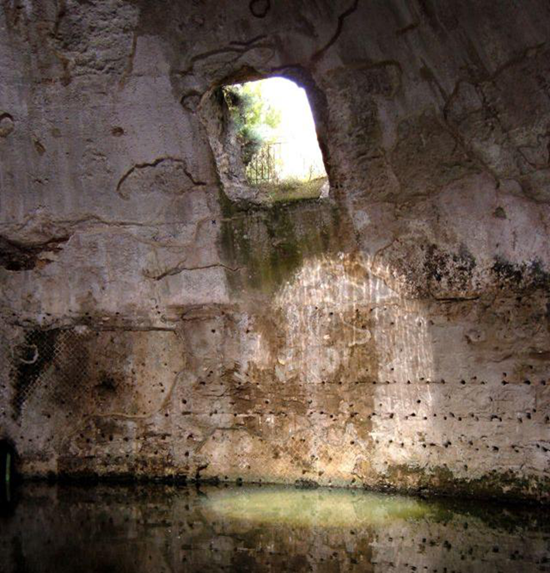
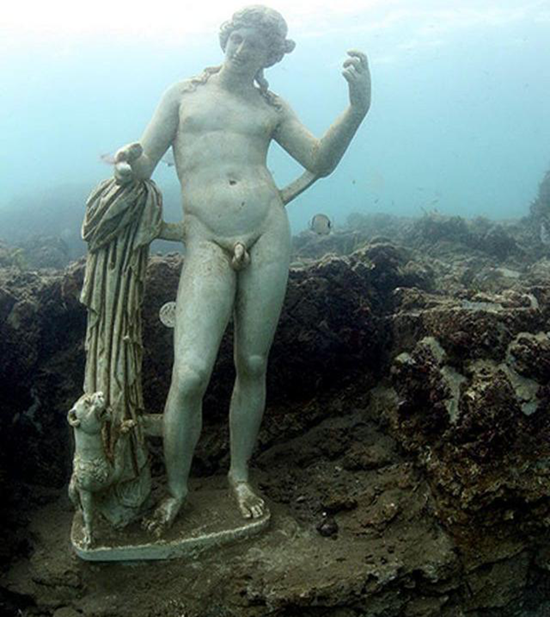
No comments:
Post a Comment
Please adhere to proper blog etiquette when posting your comments. This blog owner will exercise his absolution discretion in allowing or rejecting any comments that are deemed seditious, defamatory, libelous, racist, vulgar, insulting, and other remarks that exhibit similar characteristics. If you insist on using anonymous comments, please write your name or other IDs at the end of your message.